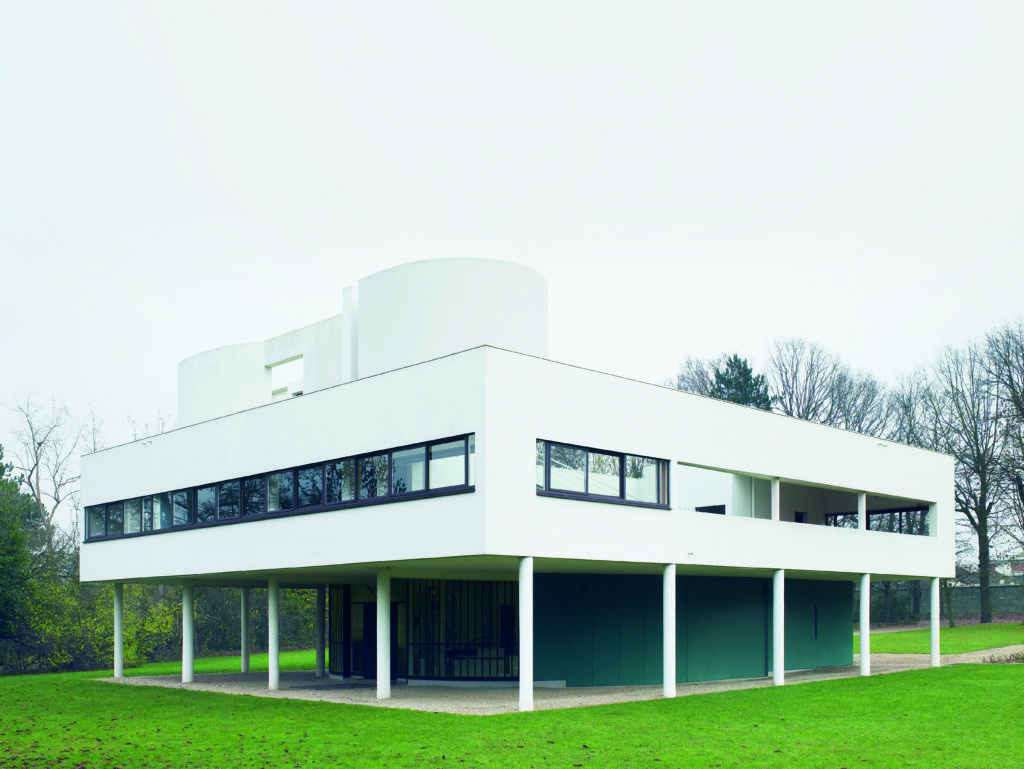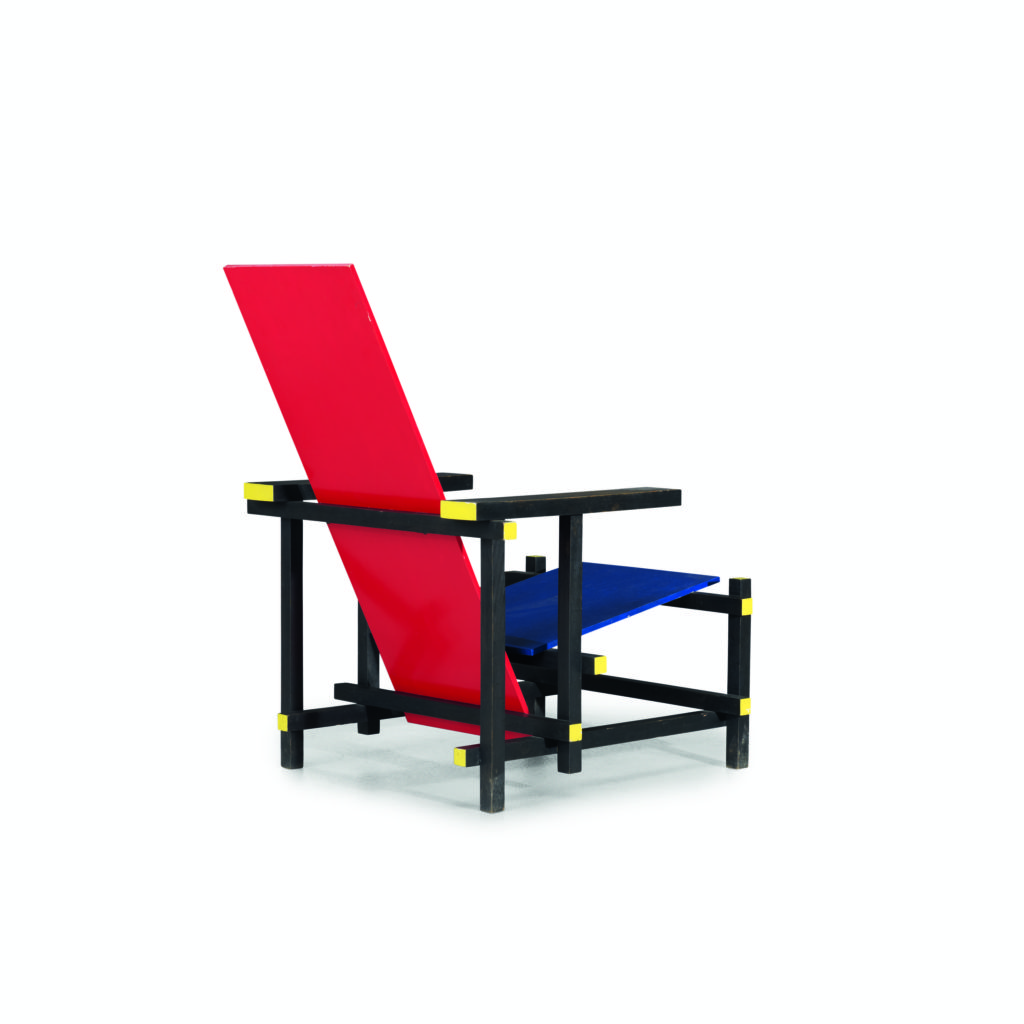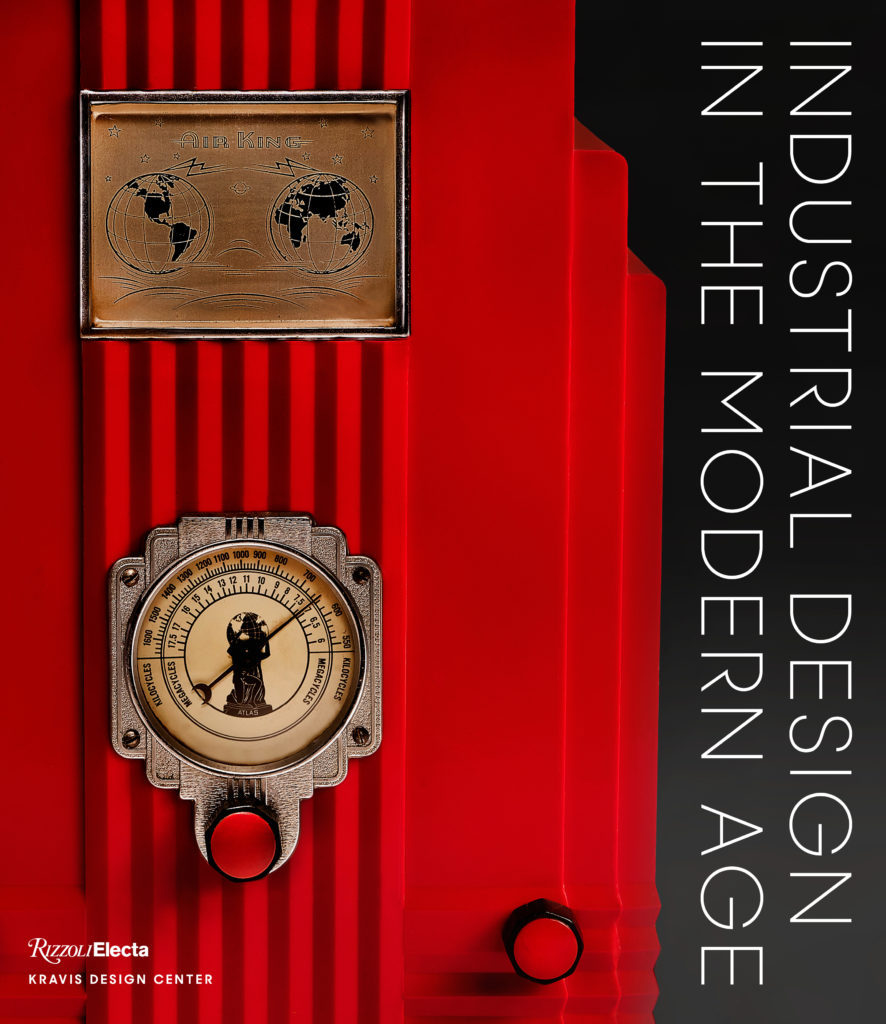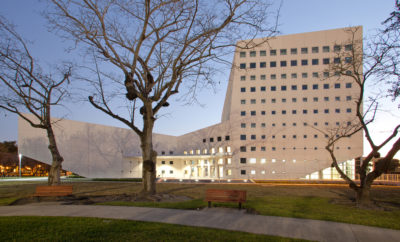 KEM WEBER PAPERS, SANTA BARBARA, CALIFORNIA
KEM WEBER PAPERS, SANTA BARBARA, CALIFORNIA
Design
Two Decades Get Their Due
WE REMEMBER THE 1930s for the Depression and the 1940s for World War II, but those tumultuous decades had bright spots as well as crises—they were a surprisingly fertile time for design. These otherwise stressful years saw the birth of industrial design, the rise of the interior design profession, and the first iterations of what would soon flourish as mid-century modernism. Though the period is largely sidelined in twentieth-century design narratives, it’s getting its due in three new books that shed light on the events and objects of these decades and the people responsible for them.
Modernism, as we think of it, actually began much further back, in 1851, when the Great Exhibition in London was the impetus for design reform in Great Britain. Since then, international fairs have been instruments of design change, as admiration—or envy—by one country’s designers for the work of another’s stimulates new development. The legendary 1925 Exposition Internationale des Arts Décoratifs et Industriels Modernes in Paris was no exception; it was both the high point of art deco and the start of its decline, as pavilions like those designed by Le Corbusier, Robert Mallet- Stevens, Kay Fisker, and Konstantin Melnikov signaled a departure from historicism and ornament. Visitors took note, especially those from the United States (which had declined to participate in the fair), who were inspired by the idea of “modern” or “modernistic.” Their responses would jump-start the development of America’s first homegrown design, unabashedly modern and free of European influence.

Le Corbusier’s Villa Savoye, Poissy, France, 1931, as pictured in Essential Modernism. © RICHARD POWERS
The awakening of the United States to a new aesthetic is the subject of Marilyn Friedman’s exhaustive research into one influential decade. Making America Modern: Interior Design in the 1930s (Bauer and Dean) examines the vehicles of the emerging style, including designer and trade association activities, museum exhibitions, design shows, and department store room settings, as well as the shelter magazines that gave them exposure before a national audience. A year-by-year narrative details the gradual changes that took place as modernism was pioneered by prominent industrial designers like Donald Deskey, Gilbert Rohde, Eugene Schoen, and Russel Wright in public exhibitions as well as interiors for a sophisticated, affluent clientele. Illustrated by archival images, most of which are unfortunately in black-and-white (color photography was still in limited use), the book is a fascinating and illuminating look back at fashionable American interiors in the years when modernism was new. Radical in their time, they are, by today’s standards, unspectacular . . . and perhaps a bit dull.
An altogether different approach is taken by Dominic Bradbury in the ambitious survey Essential Modernism: Design Between the World Wars (Yale University Press), which wraps up the varying strands of early modernism in a neat—and weighty (480 pages)—package that includes furniture, lighting, ceramics and glass, industrial and product design, graphics and posters, as well as a generous selection of attractively photographed houses and interiors. The book deals only with Europe and the United States, the most important sources of design innovation during the period, and essays by several experts offer insights into the individual countries and categories. Within each discipline, it treats designers alphabetically, implying that despite their differences of approach and materials, the French modernists, the Scandinavian humanists, and the constructivist radicals, for example, were essentially following the same trajectory. About fifty designers in the various categories are profiled, including all the expected names (Ludwig Mies van der Rohe, Carlo Scarpa, Buckminster Fuller) and several less often lauded (Pietro Chiesa, Otto Lindig, Jan Tschichold). The section on houses and interiors shows iconic residences such as Villa Savoye, Fallingwater, Maison de Verre, the Schröder House, and the Lovell Health House, as well as less familiar ones by Ernö Goldfinger, Auguste Perret, and Hans Scharoun.

The famous Red Blue chair, designed in 1918 by Gerrit Rietveld and built in 1955 by Gerard van de Groenekan, also from Essential Modernism. COURTESY OF WRIGHT
Focusing on a class of objects rather than a period of time, Industrial Design in the Modern Age (Rizzoli Electa) celebrates the achievements of the famous, little-known, and anonymous designers responsible for the mass-produced, and often taken-for-granted, objects integral to modern life. Drawing from the collection of the late George Kravis, an enthusiastic collector of industrial design and the founder of the Kravis Design Center in Tulsa, Oklahoma, this comprehensive and beautifully designed book illustrates more than three hundred objects, organized by function, into eleven different categories, including measuring and working, housekeeping, and eating-and-drinking. This allows the inclusion of such intriguing surprises as a washing-machine agitator (James B. Kirby, c. 1937) and a hedge trimmer (designer unknown, c. 1948), along with industrial design classics like Walter Dorwin Teague’s 1930 Kodak camera, John Vassos’s circa 1935 phonograph, and Henry Dreyfuss’s circa 1942 thermostat. A scholarly introduction by historian Penny Sparke; well-researched contributor essays; detailed product histories; and archival images of factories, advertisements, and installations supplement vivid photographs of objects spanning more than a century of design, from a protractor of about 1887 by Alton J. Shaw to the 2015 Fuga bike helmet by Closca Design and Cul-de-sac Creative. Featured designs from the 1930s and 1940s include Peter Muller-Munk’s museum-collectible Normandie pitcher (1935), Russel Wright’s American Modern dinnerware (c. 1937), the photogenic but anonymously designed Pride-o-Lawn lawn sprinkler (1940–1946), and a designer-unknown radiator-cleaning tool (1930–1950).
Most readers of this magazine already understand how critical design has been to the success of even the most quotidian mass-produced objects, and how essential the role of designers has become in today’s style-conscious world. But these new books are a reminder of how much progress toward a design-oriented society was made in the otherwise crisis-fraught decades between the two World Wars.













